Mitch, Ike et Irene
Antoine Donzeaud __11.10–16.11.19
press release
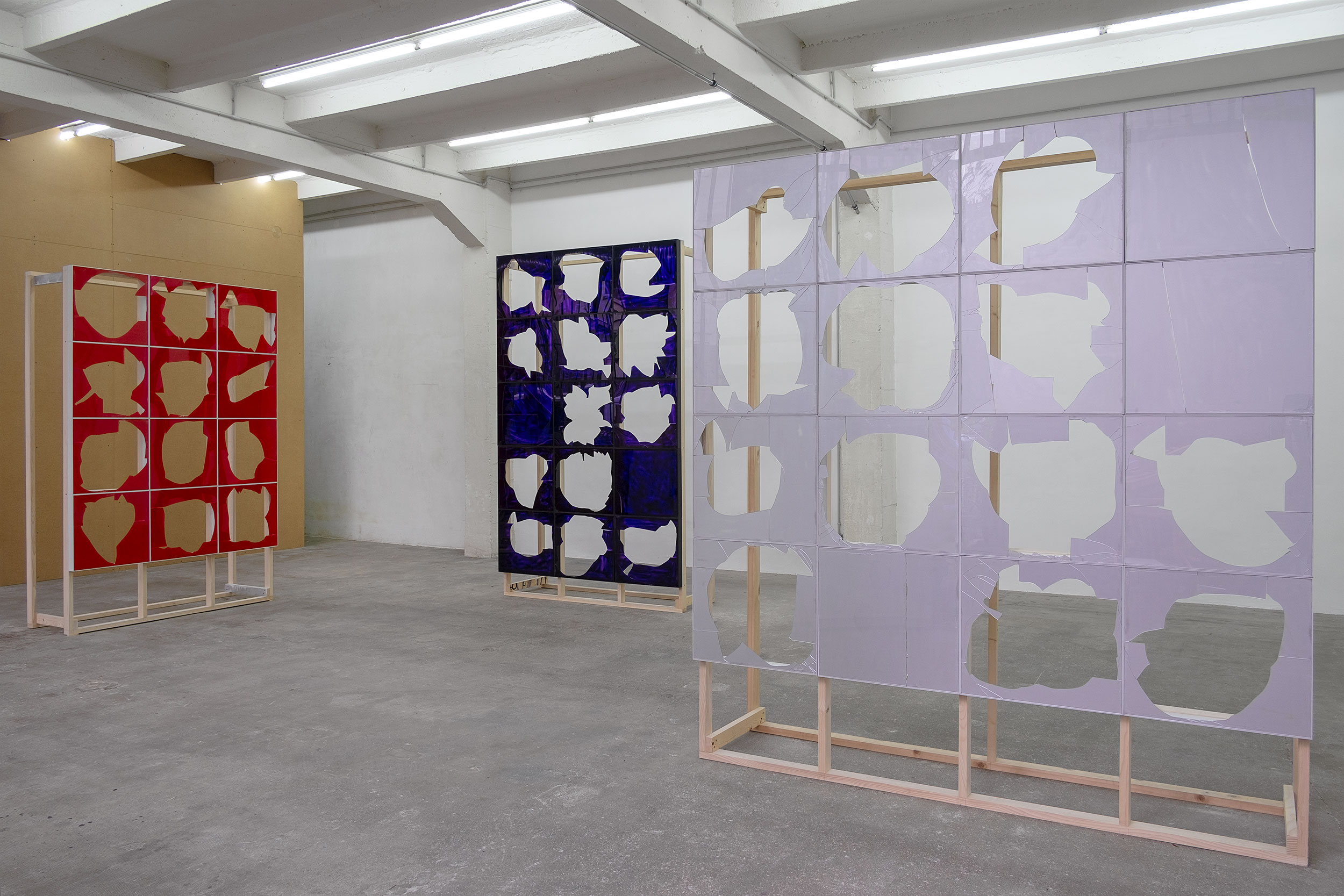
Antoine Donzeaud, Mitch, Ike et Irene, 2019
Exhibition view, Exo Exo, Paris
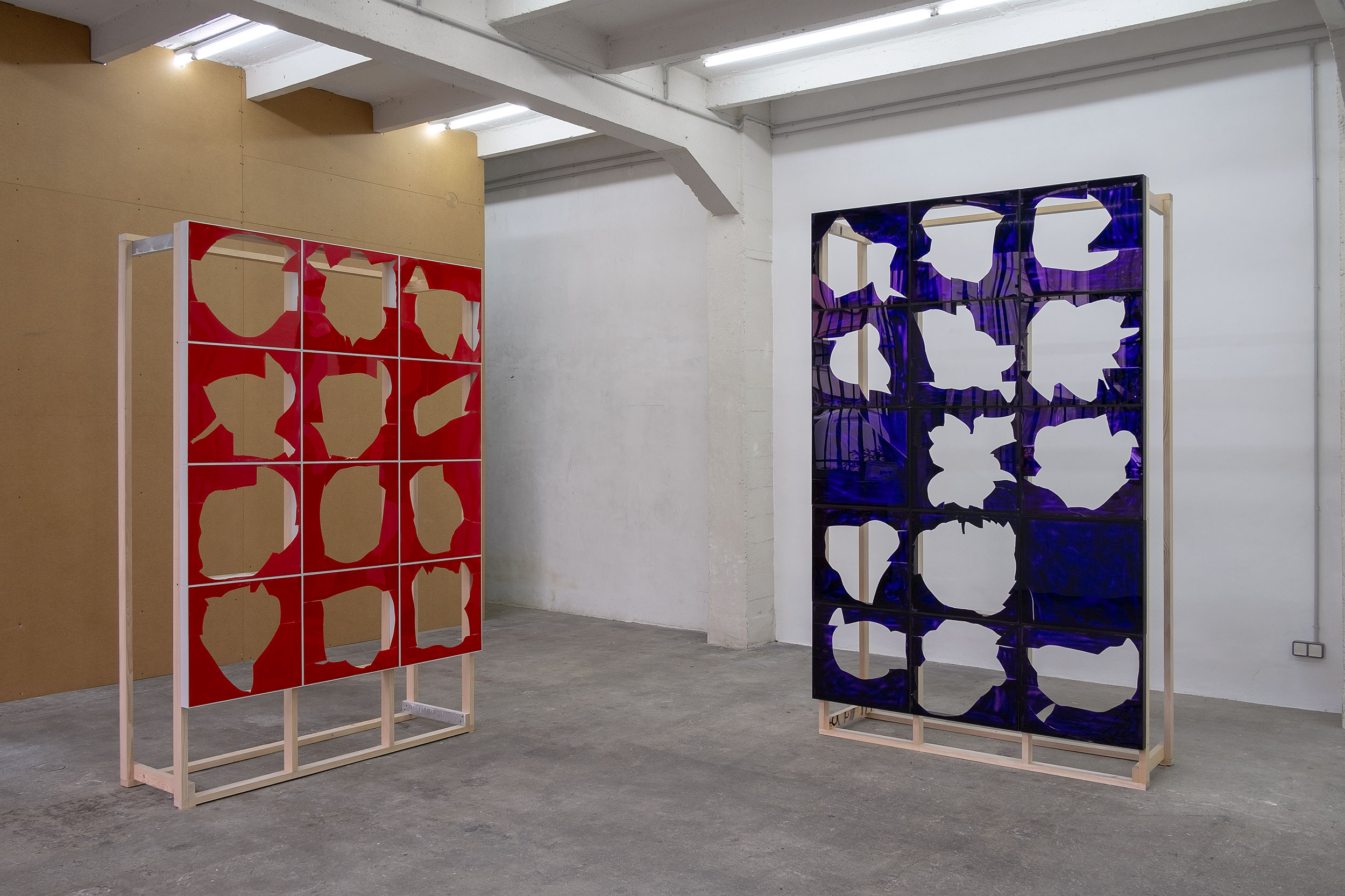
Antoine Donzeaud, Mitch, Ike et Irene, 2019
Exhibition view, Exo Exo, Paris
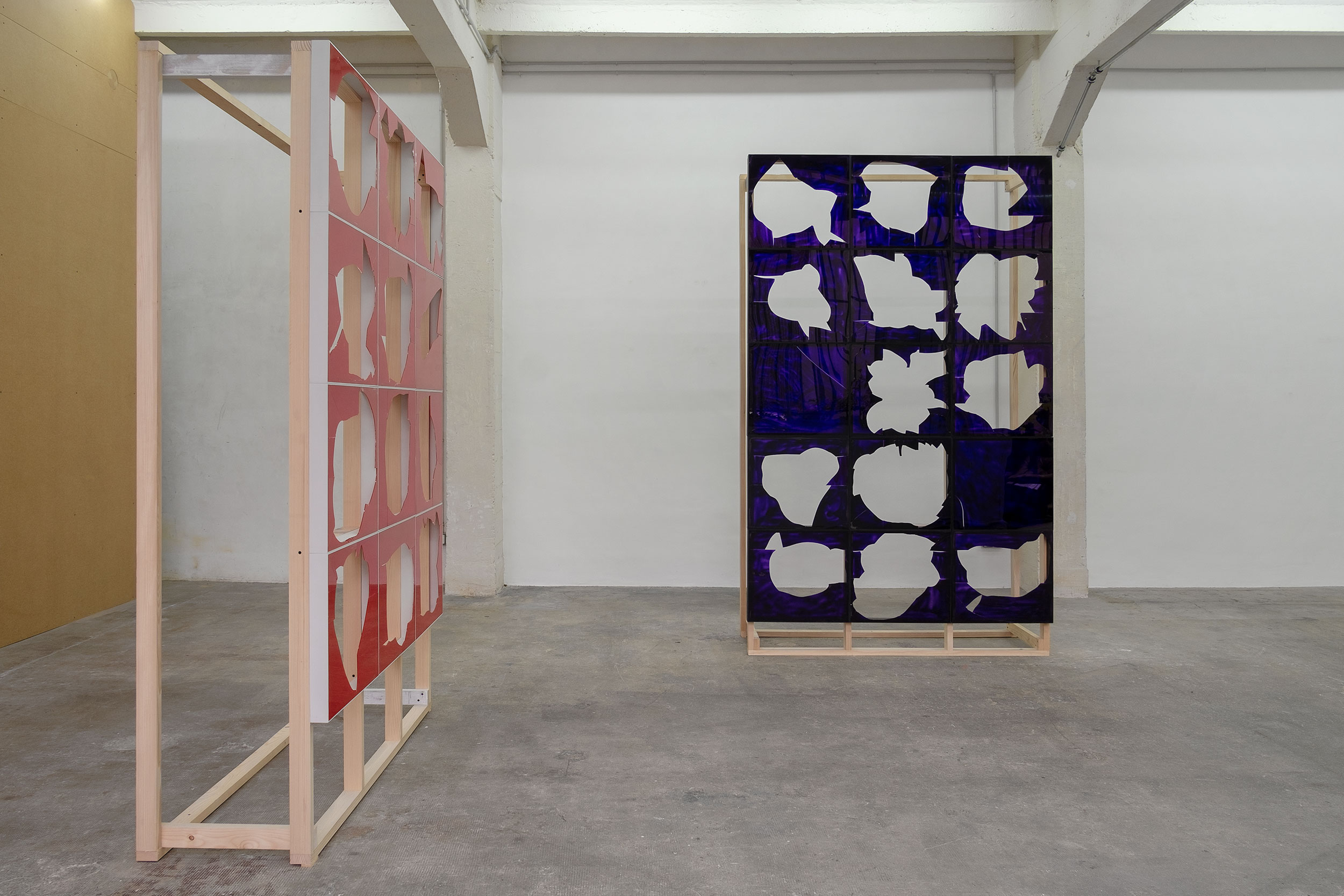
Antoine Donzeaud, Mitch, Ike et Irene, 2019
Exhibition view, Exo Exo, Paris
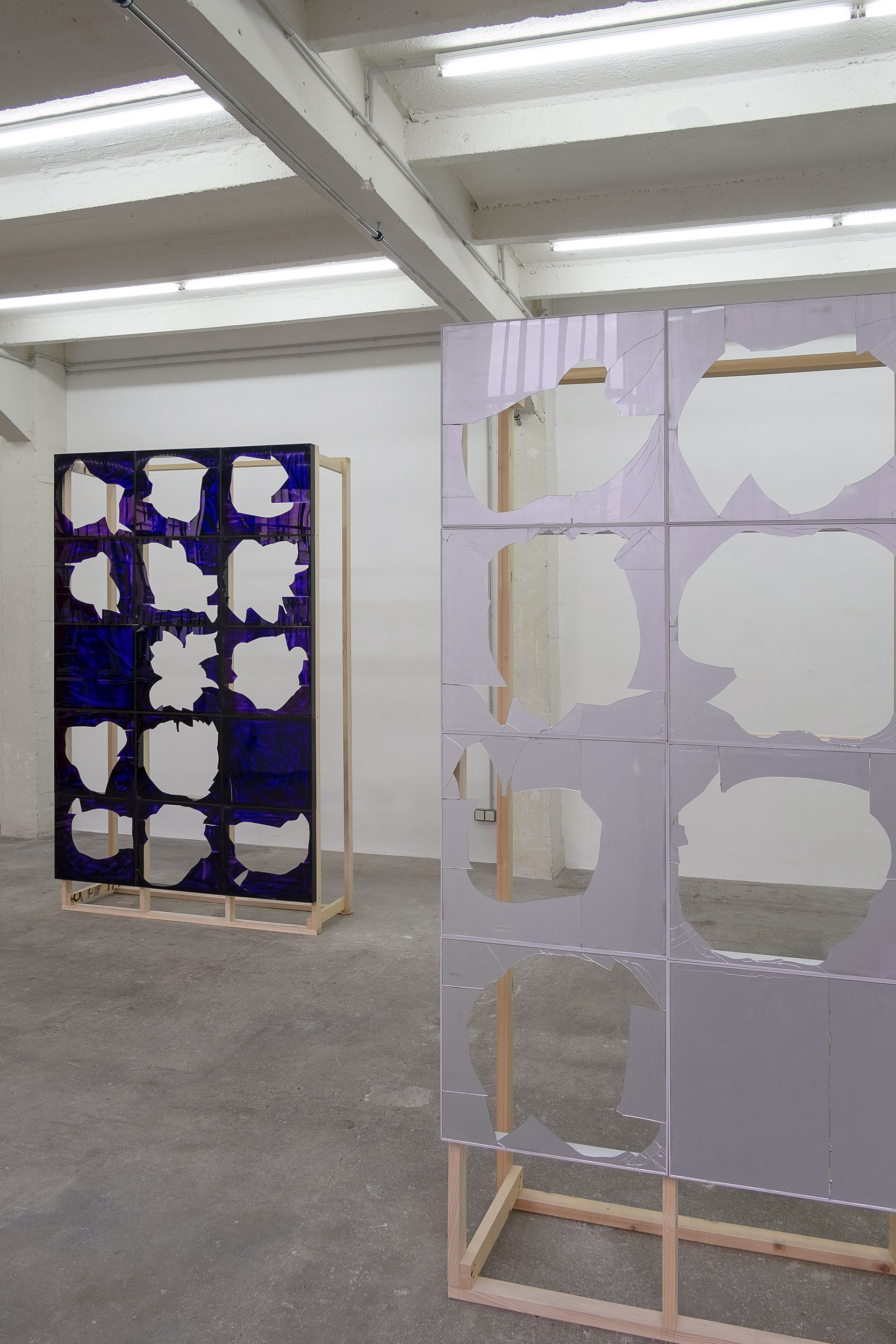
Antoine Donzeaud, Mitch, Ike et Irene, 2019
Exhibition view, Exo Exo, Paris
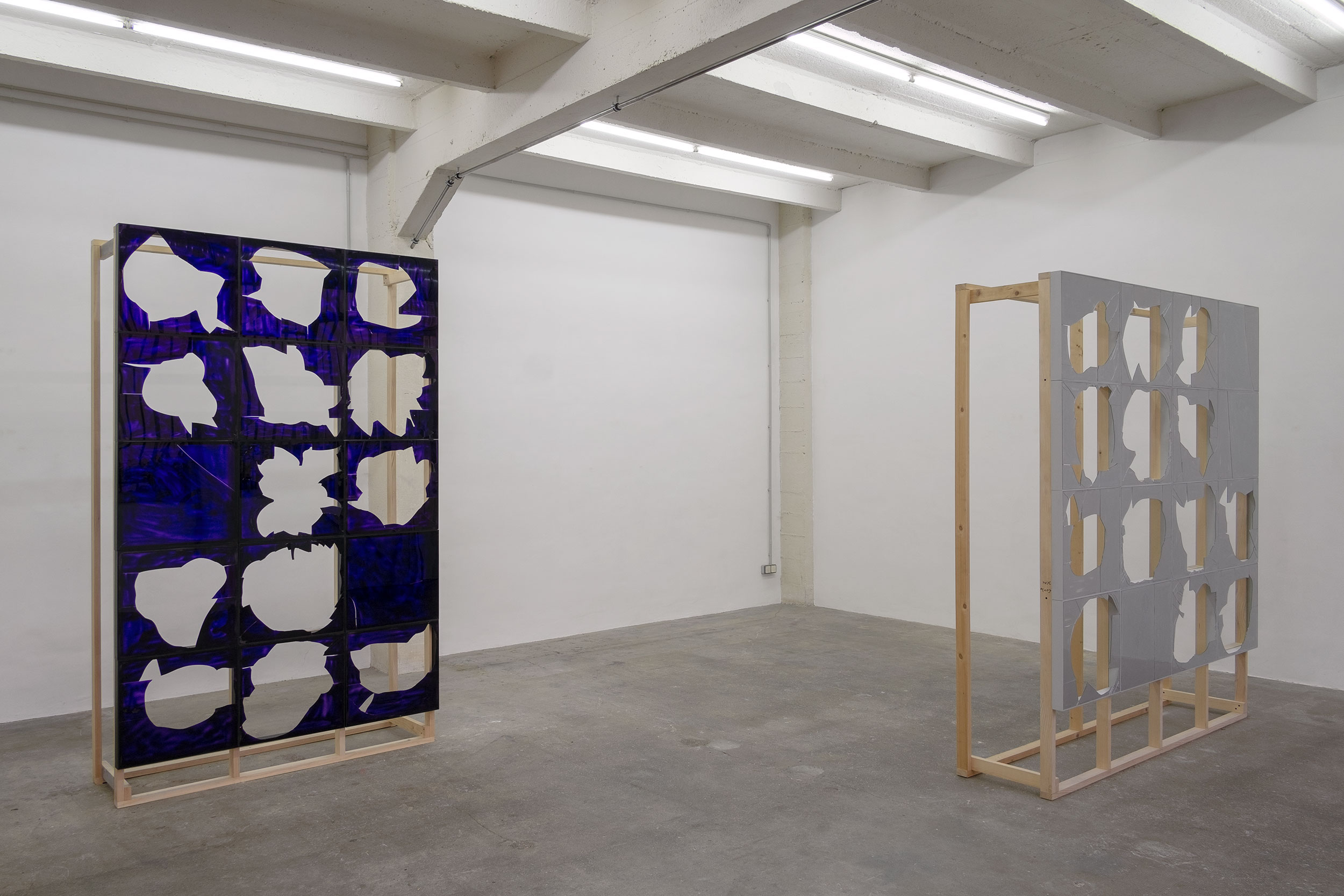
Antoine Donzeaud, Mitch, Ike et Irene, 2019
Exhibition view, Exo Exo, Paris
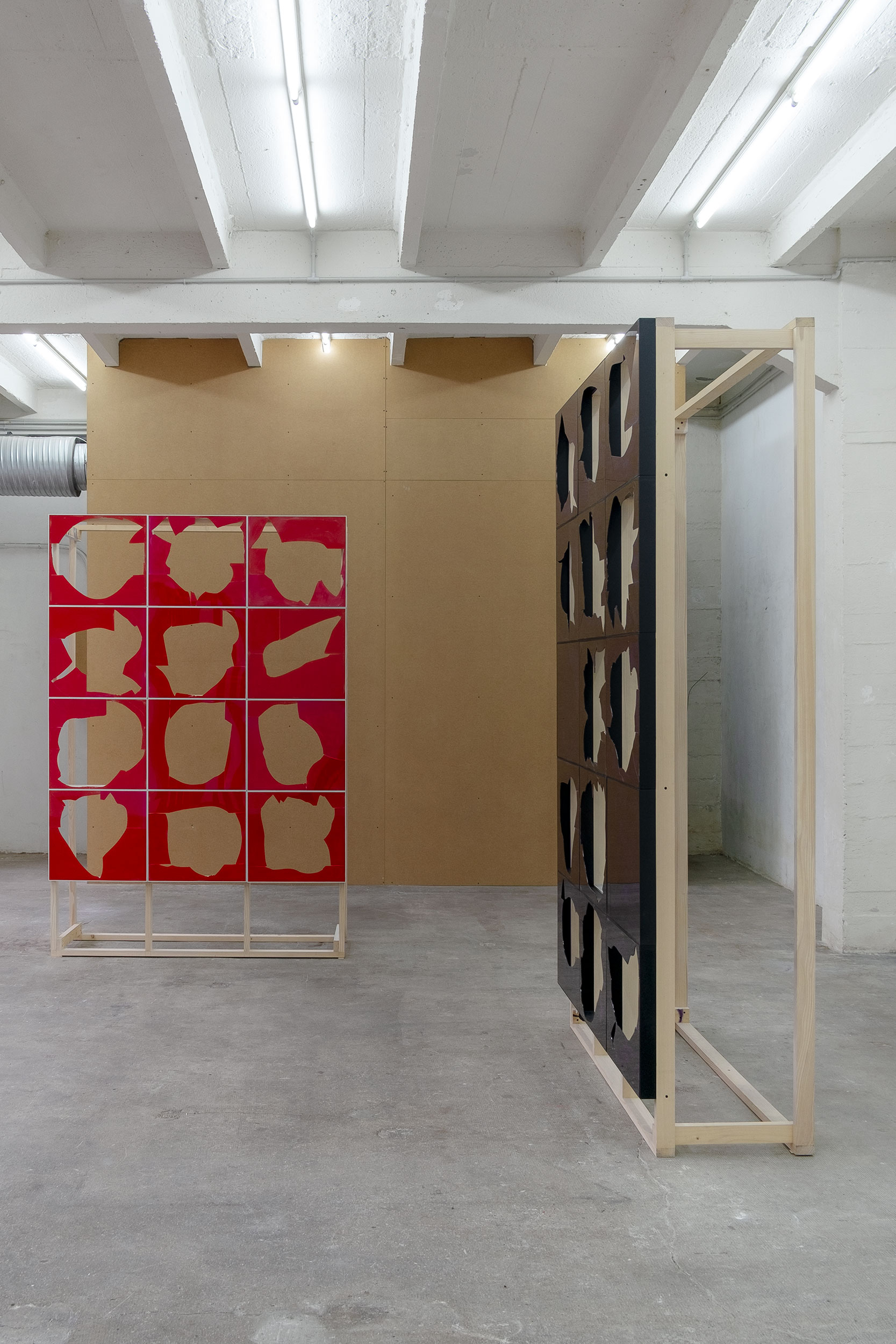
Antoine Donzeaud, Mitch, Ike et Irene, 2019
Exhibition view, Exo Exo, Paris
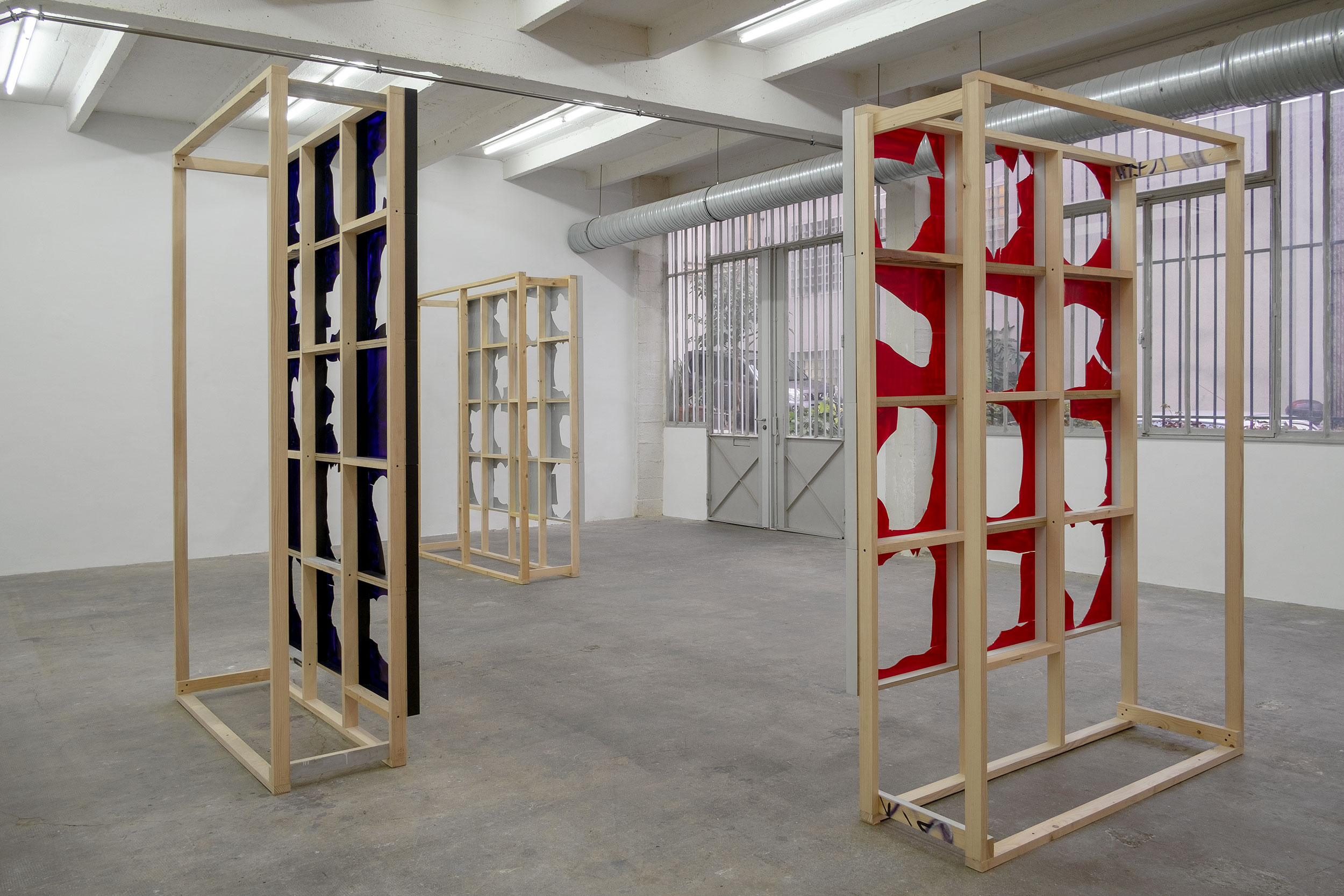
Antoine Donzeaud, Mitch, Ike et Irene, 2019
Exhibition view, Exo Exo, Paris
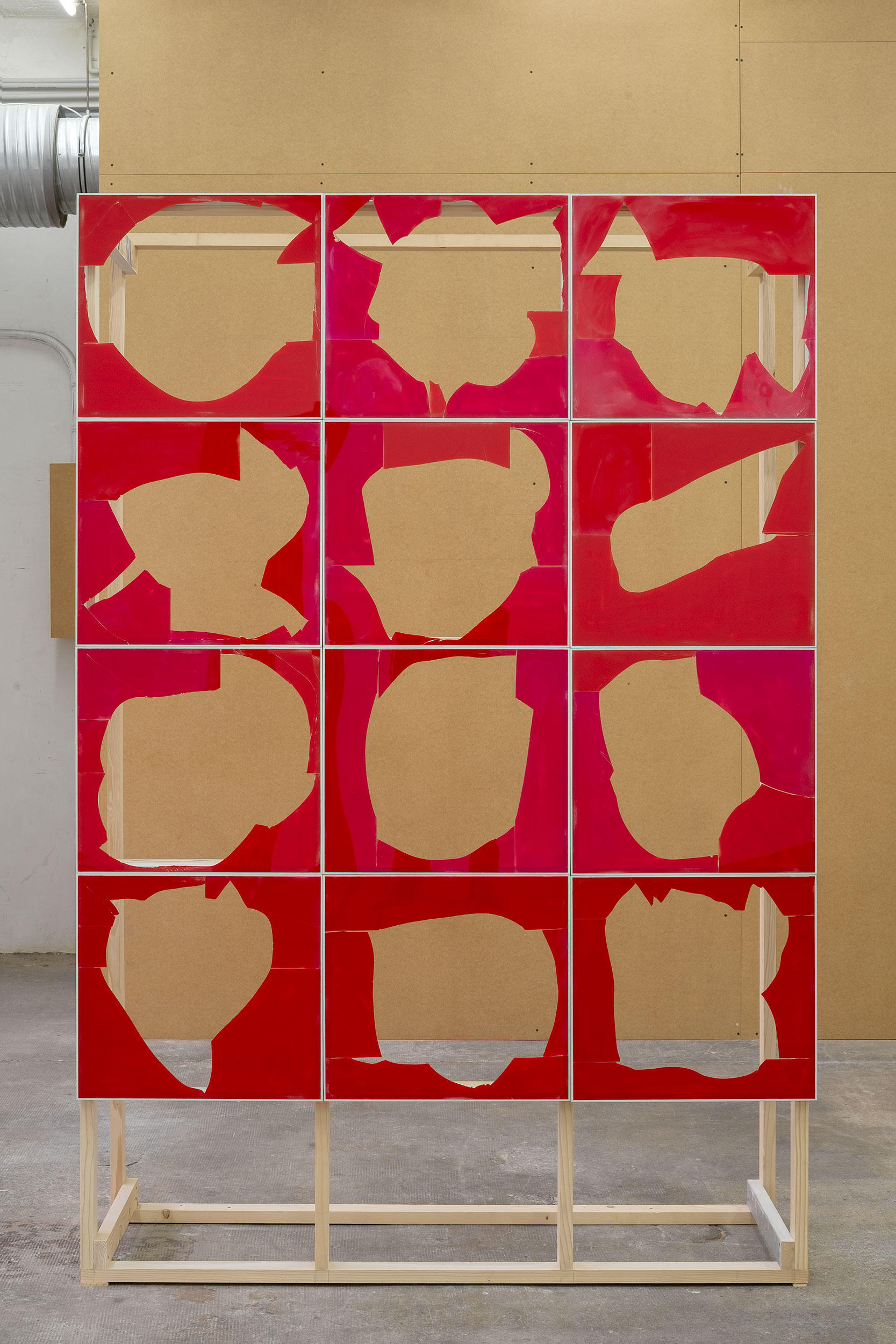
Antoine Donzeaud,
Broken Windows (Irene), 2019
Wood, MDF, glass, spray paint
Dimensions variable
Inquire
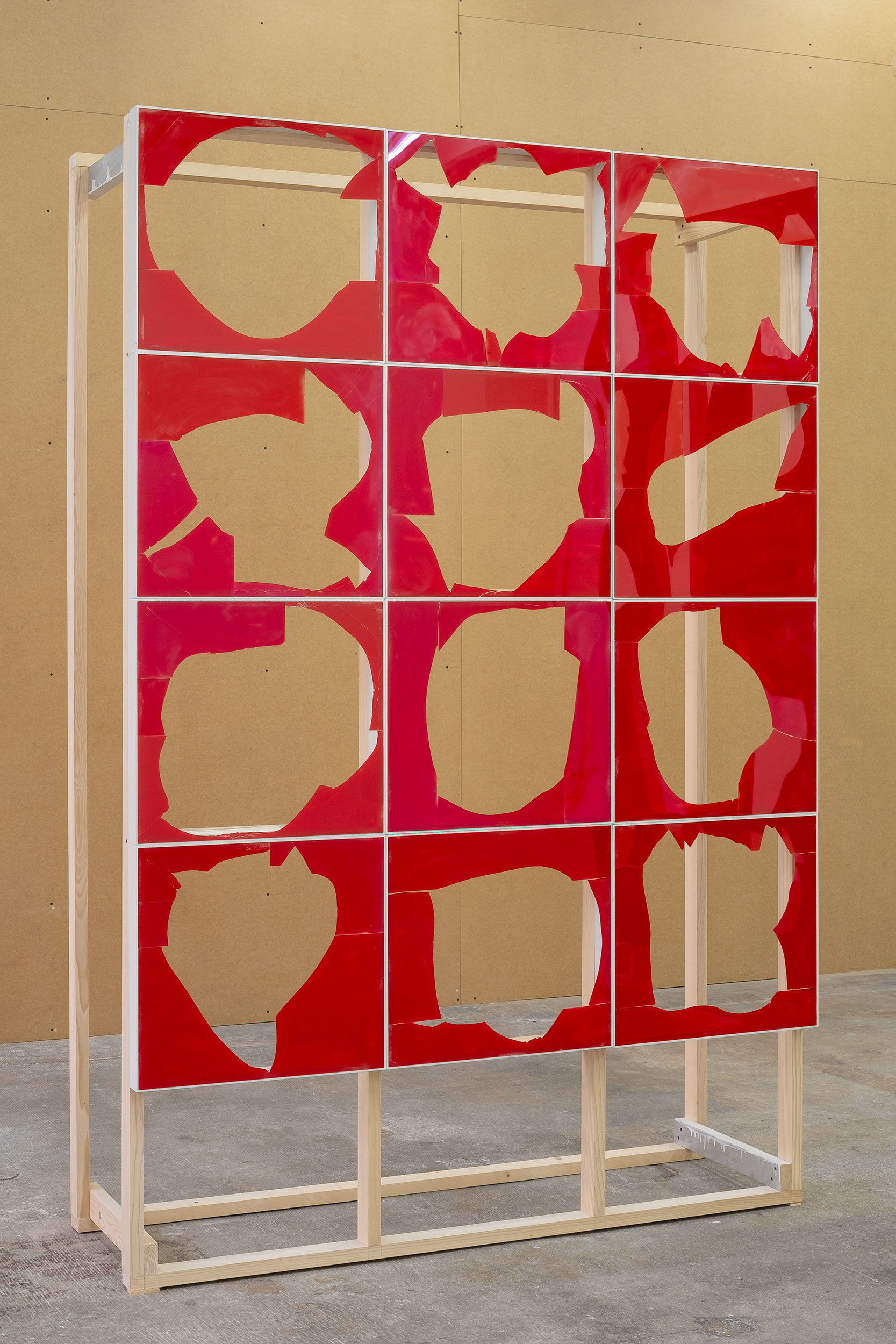
Antoine Donzeaud,
Broken Windows (Irene), 2019
Wood, MDF, glass, spray paint
Dimensions variable
Inquire
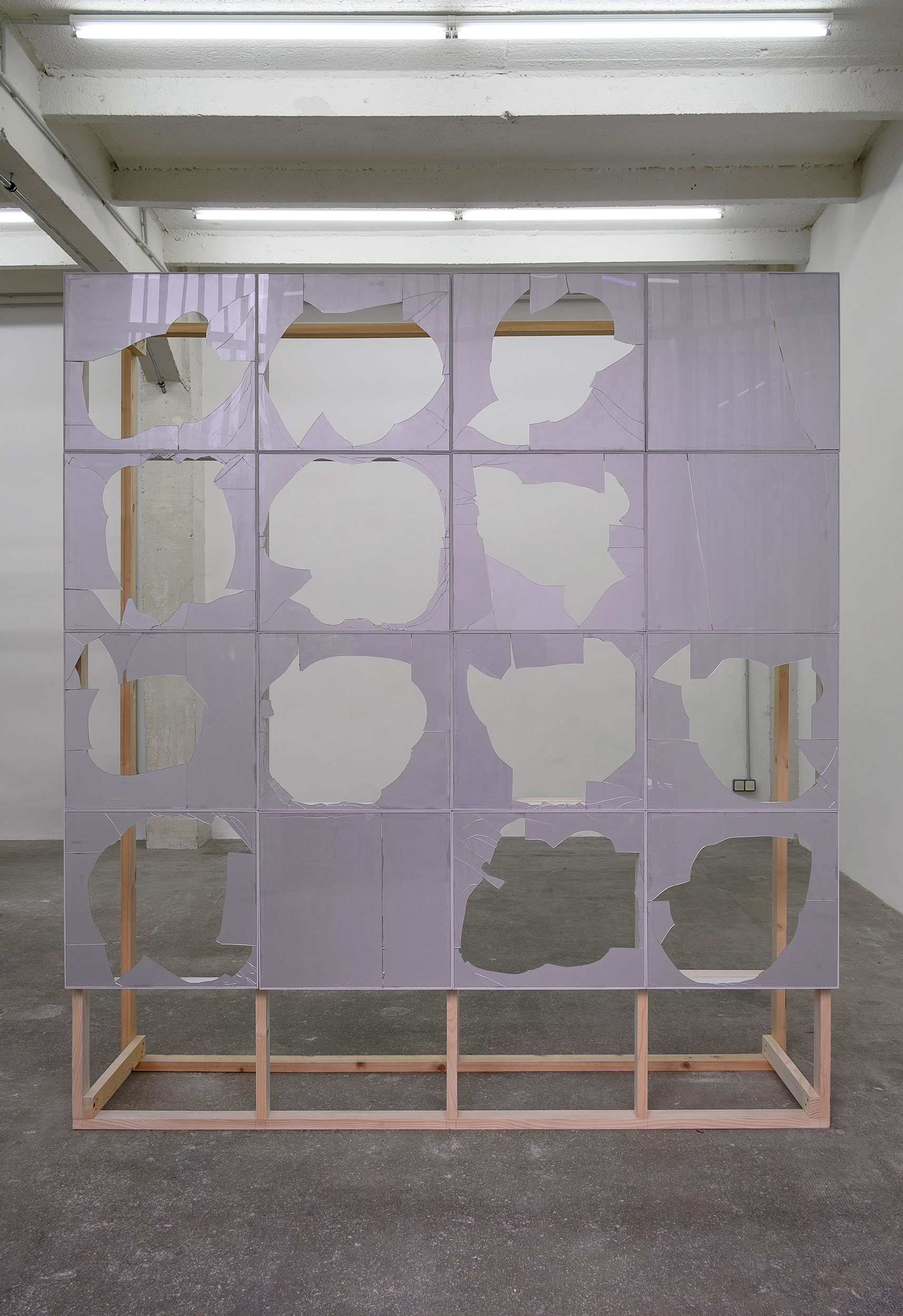
Antoine Donzeaud,
Broken Windows (Mitch), 2019
Wood, MDF, glass, spray paint
Dimensions variable
Inquire
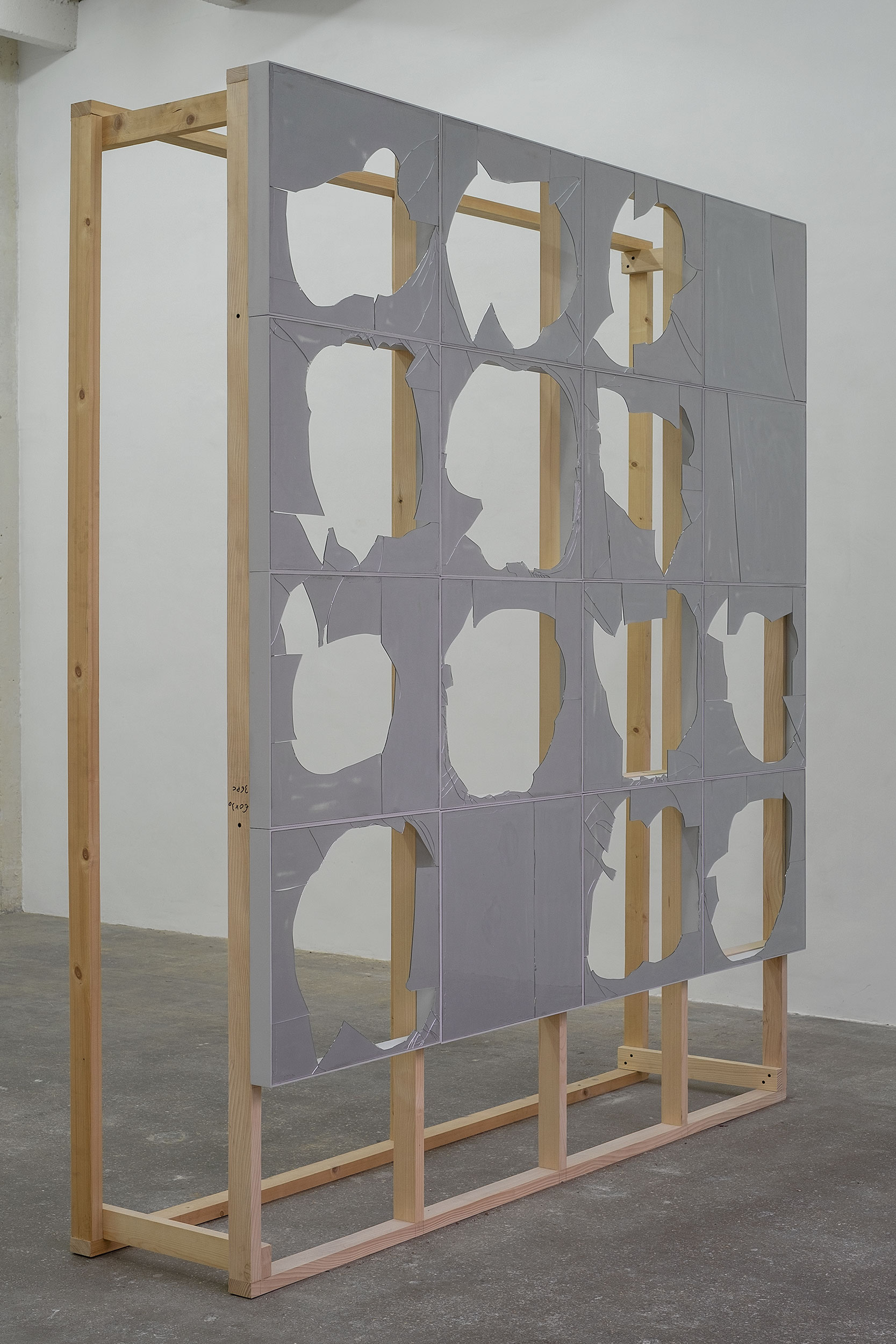
Antoine Donzeaud,
Broken Windows (Mitch), 2019
Wood, MDF, glass, spray paint
Dimensions variable
Inquire
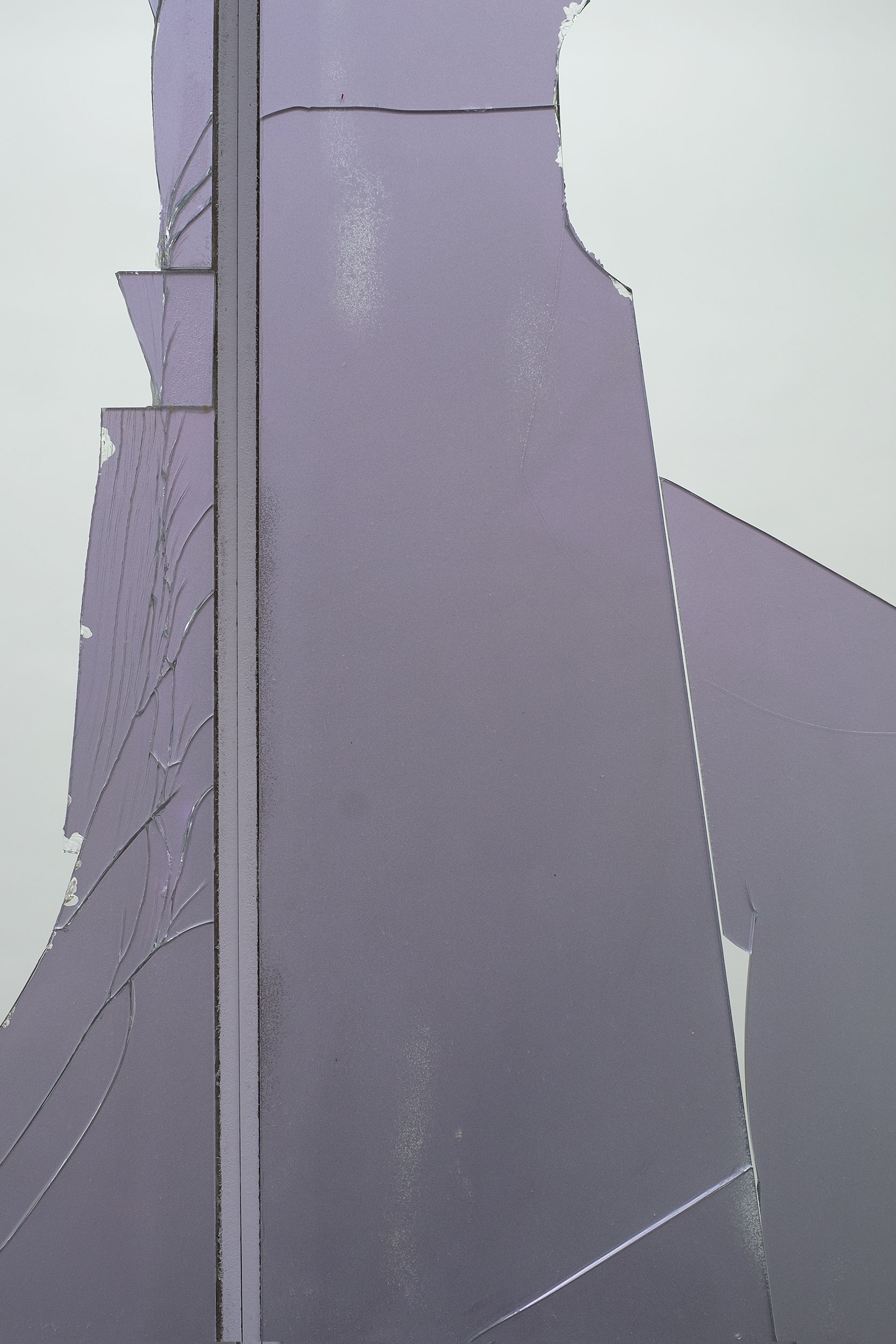
Antoine Donzeaud,
Broken Windows (Mitch), 2019
Wood, MDF, glass, spray paint
Dimensions variable
Inquire
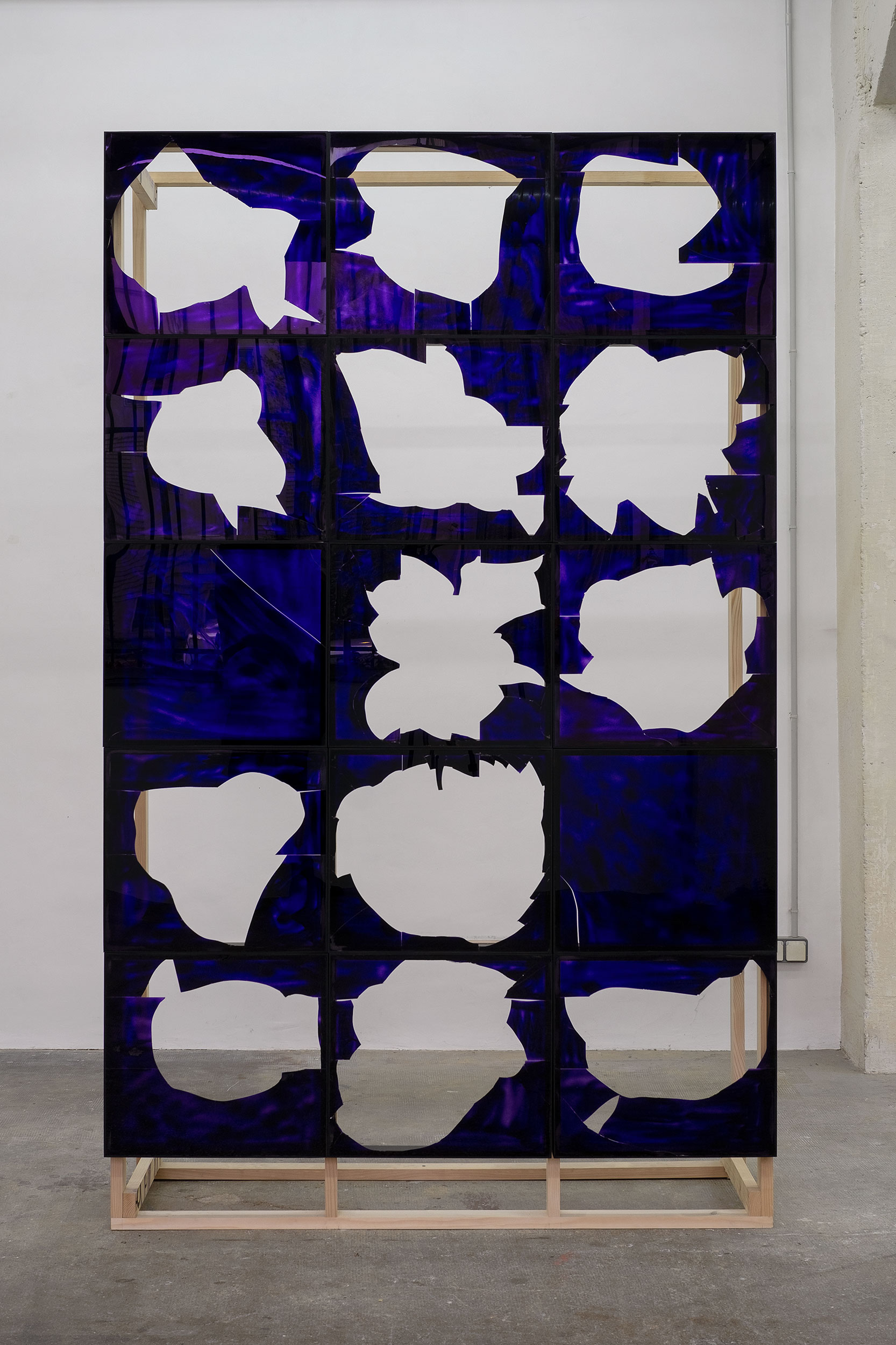
Antoine Donzeaud,
Broken Windows (Ike), 2019
Wood, MDF, glass, spray paint
Dimensions variable
Inquire
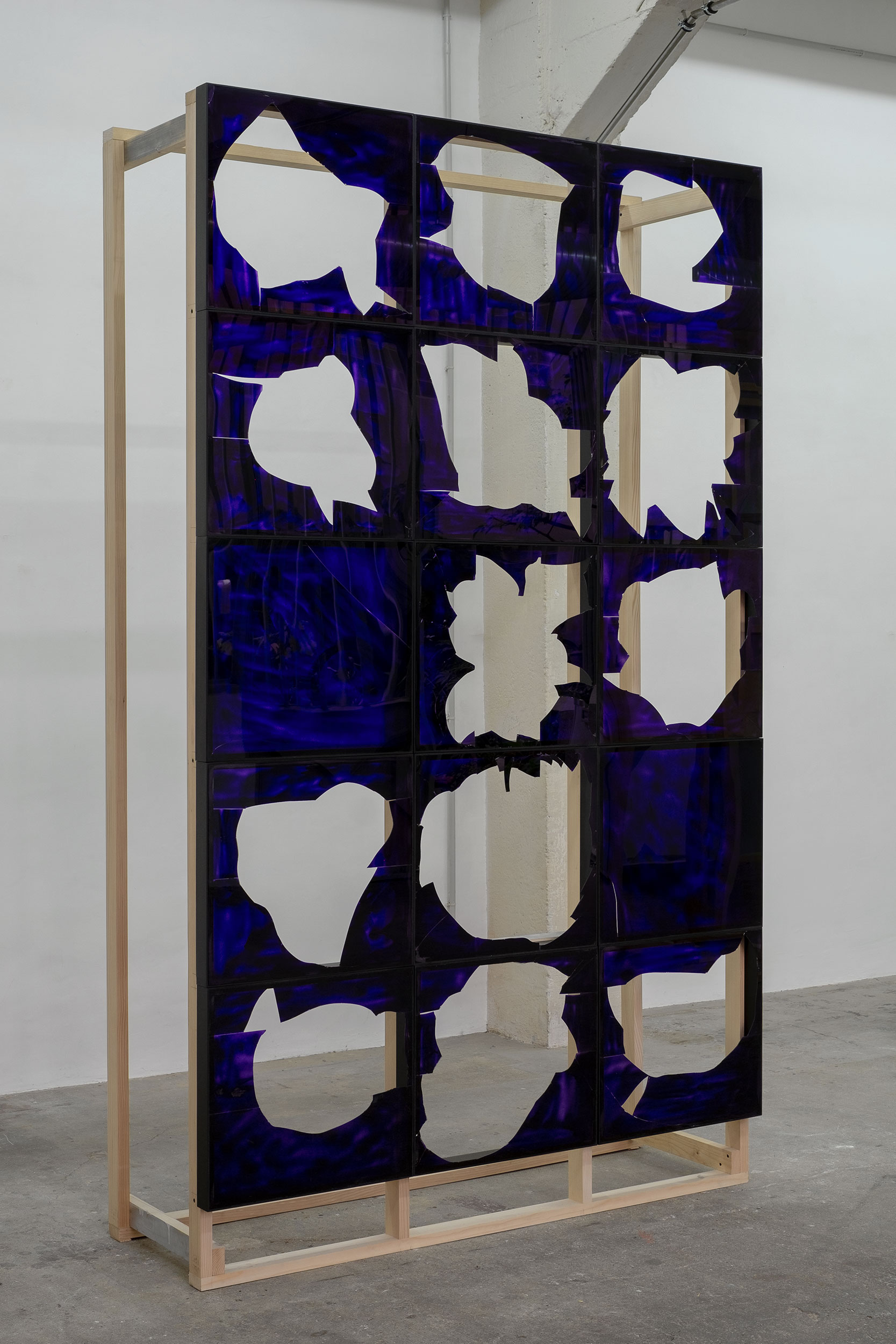
Antoine Donzeaud,
Broken Windows (Ike), 2019
Wood, MDF, glass, spray paint
Dimensions variable
Inquire
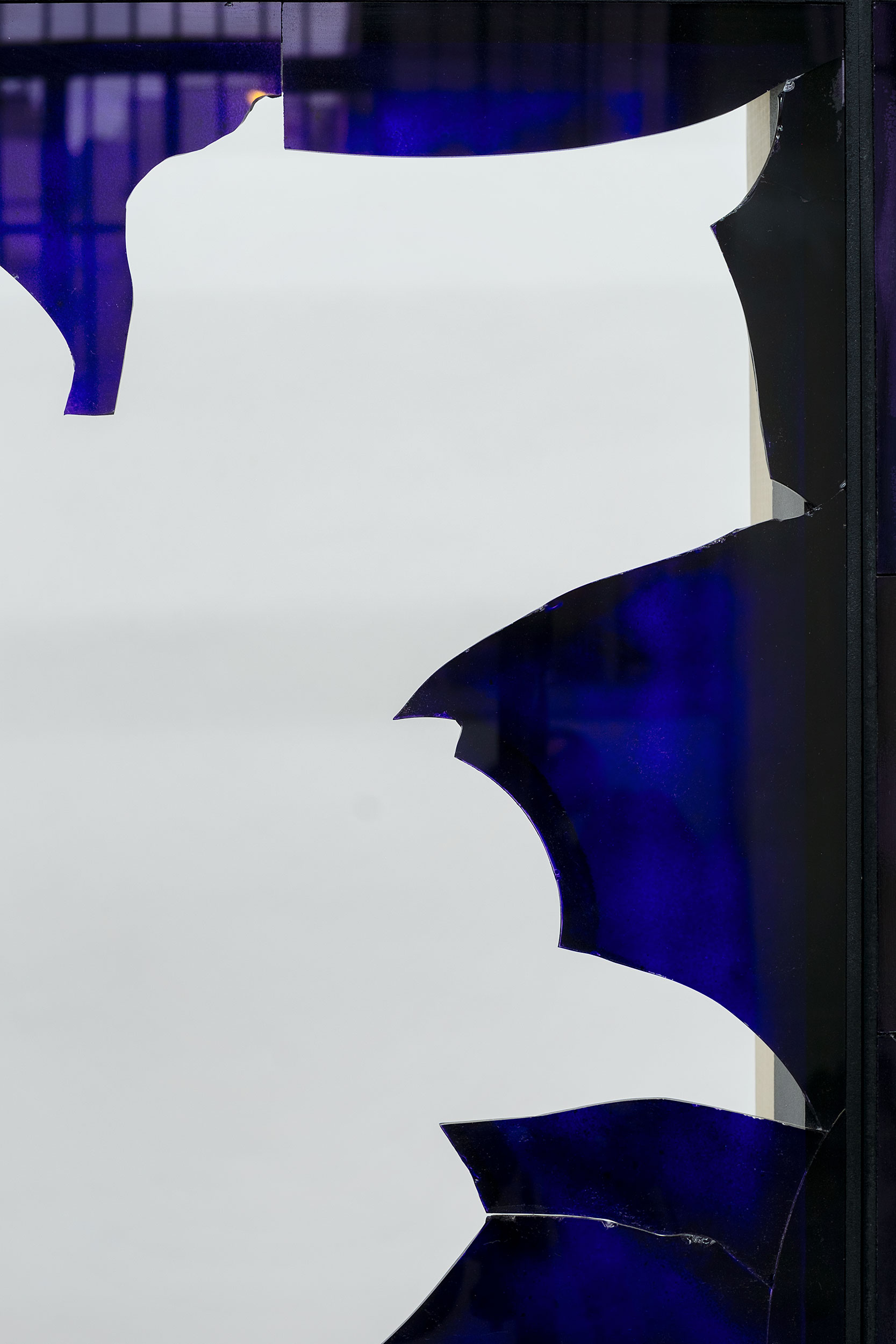
Antoine Donzeaud,
Broken Windows (Ike), 2019
Wood, MDF, glass, spray paint
Dimensions variable
Inquire
Le travail d’Antoine Donzeaud agit par propagation. Il est lié à l’architecture dans la verticalité des formats, la référence au cadre, à la structure de construction comme dans l’horizontalité du déplacement, de la promenade, de l’errance. Dans la forme, le minimalisme rencontre l’empreinte urbaine de l’affichage publicitaire et du graffiti. Ce rapport à l’architecture est vaste, il s’inspire des séries photographiques de maisons abandonnées de John Divola et des découpages gigantesques de Gordon Matta-Clark. Il est aussi contradictoire car lié autant à l’édifice qu’à sa déconstruction. Mais surtout il est intime, il est né d’une obsession, d’une fascination de l’artiste pour un méta-langage digital et urbain, une envie de raconter les histoires de ceux qui l’habitent.
C’est l’histoire d’une tempête qui fait chanceler les constructions sans jamais les faire tomber. C’est l’histoire de structures squelettes, vacillantes mais debout, abîmées mais toujours fonctionnelles, de verre brisé, de fenêtres explosées, d’un vent sifflant et meurtrier. C’est aussi l’histoire d’un lieu, d’un refuge qui accueille et protège cette archéologie citadine fragile, la soutient, en prend soin. Mitch, Mike et Irene ont l’air autant en danger qu’ils inspirent le danger. Ils sont précaires, saillants.
C’est l’histoire d’une individualité, l’artiste, qui devient membre d’une communauté, crée un groupe, se lie d’amitié. Des collaborations qui érigent un territoire, le forge. C’est l’histoire d’une maison, la nôtre. D’une grammaire, la nôtre. Le récit d’un ouragan qui brise la surface réverbérante des écrans pour nous permettre de regarder au travers, de nous regarder au travers. C’est la poésie des noms des vents qui portent presque des noms de dieux et qui s’abattent dans un tourbillon plus ou moins chaud, aux allures de vieux copains. Mitch, Mike, Irene, comme une rencontre qui rend la suite possible, trainer ensemble, échanger ensemble, se casser la gueule ensemble, produire ensemble, se dépasser ensemble. Un mur de fragments de discours sur nous.
Elisa Rigoulet
The work of Antoine Donzeaud acts by propagation. It is related to architecture through the verticality of its formats, through its reference to the frame, through the structure of construction and the horizontality of displacement, of walking, of wandering. In its form, minimalism meets the urban footprint of advertising and graffiti. This relationship to architecture is vast, inspired by the photographic series of abandoned houses by John Divola and the gigantic cuttings of Gordon Matta-Clark. It is also contradictory because it is bound as much to the building as to its deconstruction. But above all it is intimate, it is born of an obsession, a fascination of the artist for a meta-language digital and urban, a desire to tell the stories of those who live there.
This is the story of a storm that makes buildings stagger without ever making them fall. It is the story of skeletal structures, flickering but standing, damaged but still functional, broken glass, exploded windows, a whistling and deadly wind. It is also the story of a place, a refuge that welcomes and protects this fragile urban archeology, supports it, takes care of it. Mitch, Mike and Irene look as much in danger as they inspire danger. They are precarious, salient.
It is the story of an individual, the artist, who becomes a member of a community, creates a group, befriends. Collaborations that erect a territory, forge it. This is the story of a house, ours. Of a grammar, ours. The story of a hurricane that breaks the reverberant surface of the screens to allow us to look through at us, to look through ourselves. It is the poetry of the names of the winds which bear almost the names of gods and which fall down in a more or less hot whirlwind, much like old friends. Mitch, Mike, Irene, like an encounter that makes the next step possible, hanging out together, exchanging ideas together, beating themselves up together, producing together, outdoing each other. A wall of fragments of speeches about us.
Translation, Cecilia Granara















